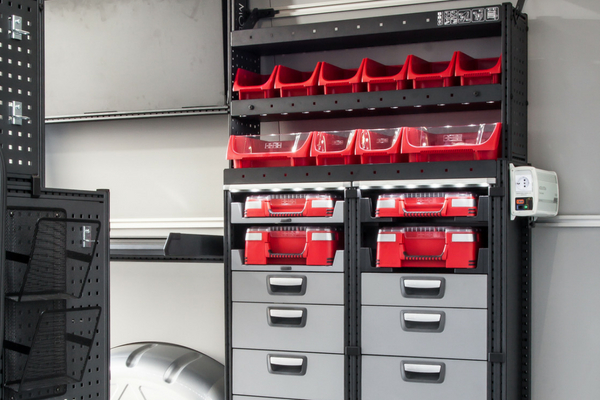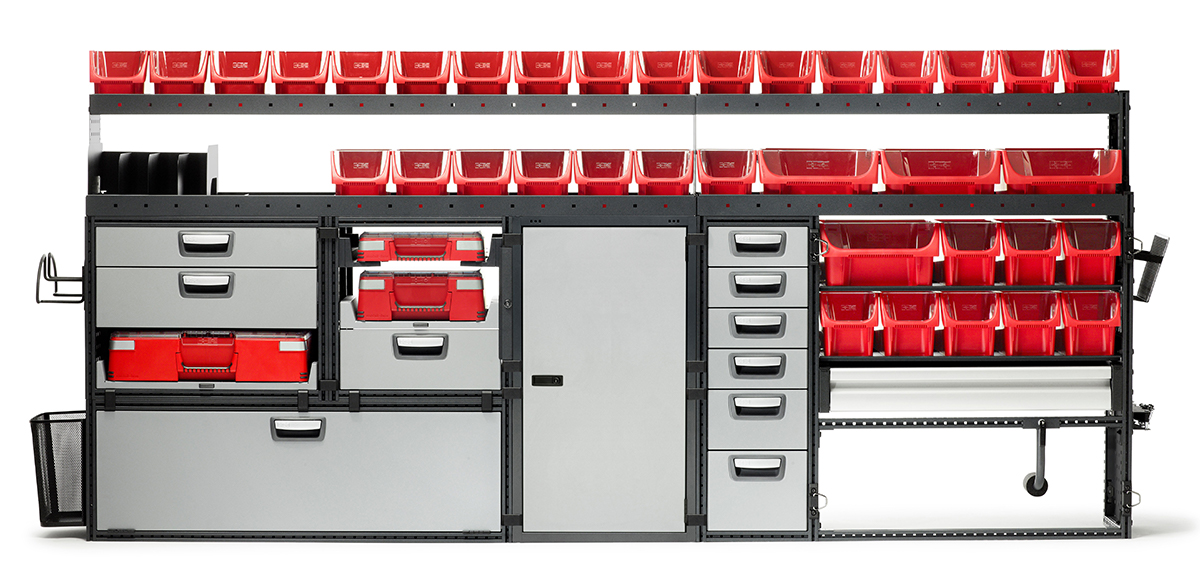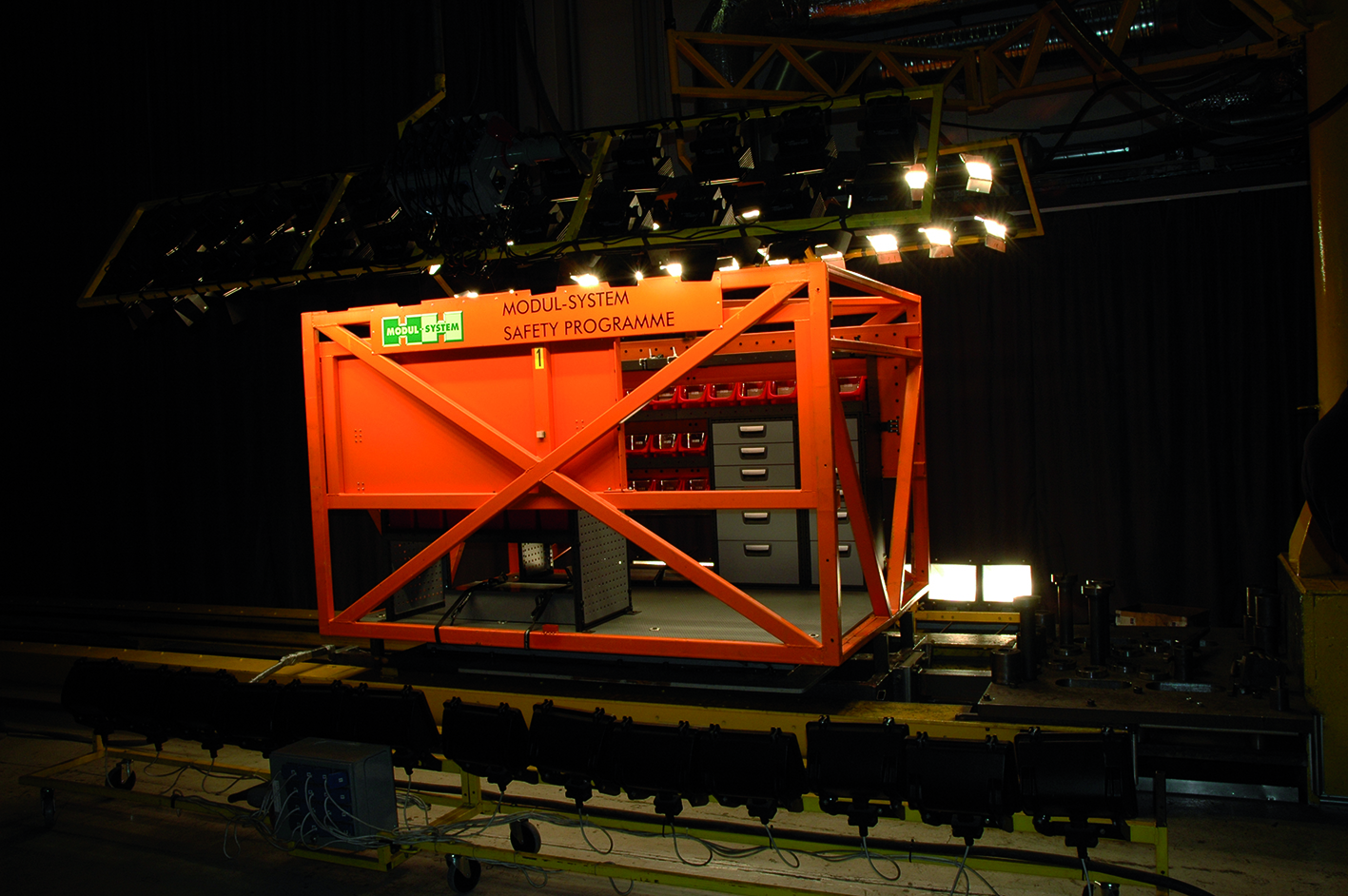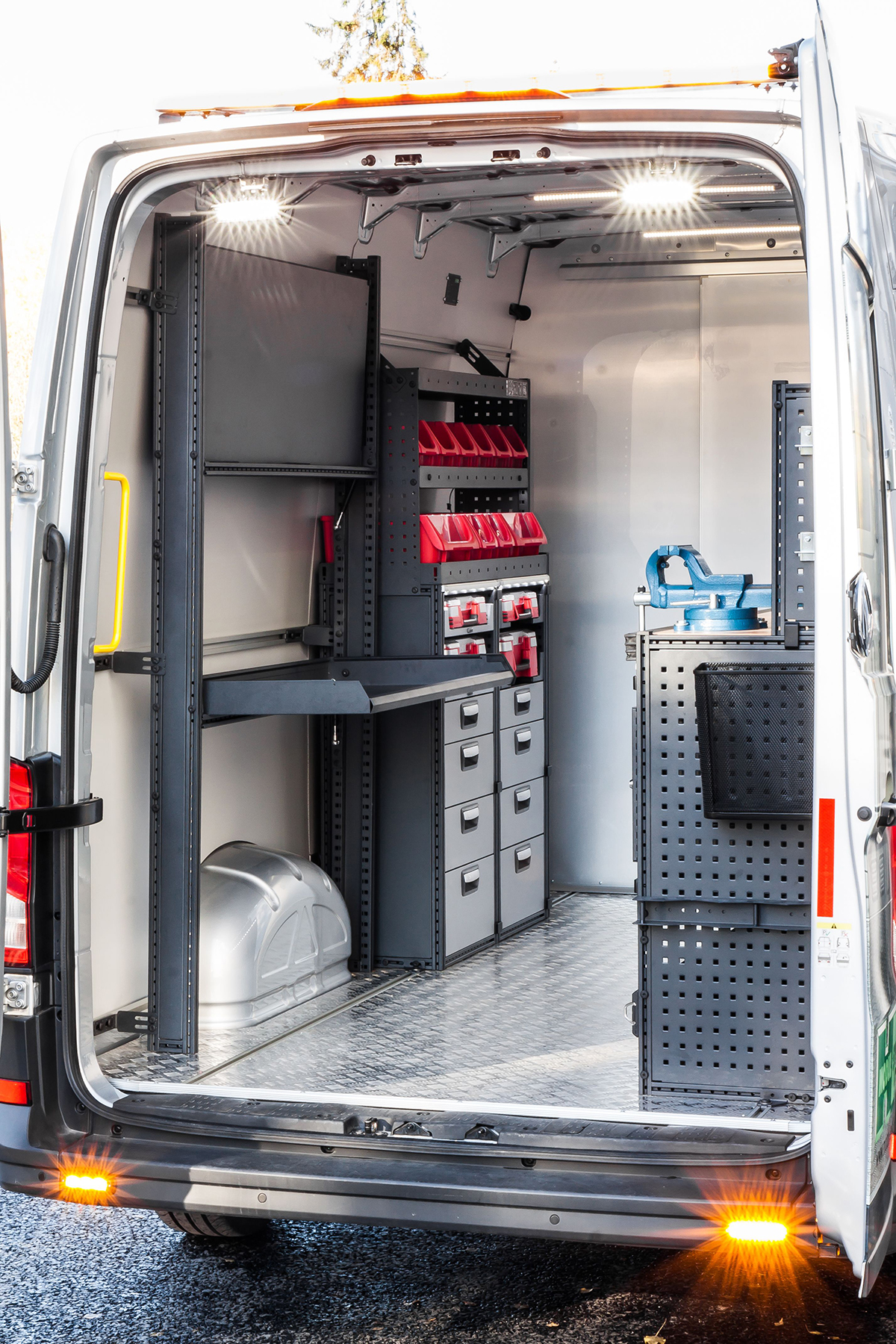Wood vs Metal Van Racking

-
Choosing van racking for a commercial vehicle is an important decision. From shifting loads to scratches, dents and leaks, an unencumbered cargo is likely to leave your vehicle in a sticky, unpleasant and dangerous mess. Racking out your vehicle correctly will help to not only keep it smart and safe but also pleasant and productive for your business.
It’s important to consider what will be carried in the vehicle to ascertain the ideal racking solution for you. Answering questions about frequency of use, load weight, size and fragility will help to determine the type of racking best fit for your organisation’s purpose. One consideration for operators when deciding to implement a racking system is what is the best material to use, with options ranging from wood to metal racking.
A weighty issue
The first stop for some operators is to opt for homemade wooden racking solutions. Indeed, simple plywood floors and wooden racks can offer an easy and low-cost solution. If all you need is to carry a few tools for fitting delivered consumer durables, for example, then any number of kits exist, most of which can be fitted within a day.
However, it’s important to remember that wood has its limitations. While it may seem to protect the interior of the van, it needs to be laboriously treated to prevent the absorption of fluids. Perhaps the most important limitation of wood is its weight. Wood is heavy and a wood racking solution will eat into a vehicle’s payload. The payload of a van is its gross weight. It is the total weight it may legally be in terms of its own mass, passengers and cargo. Adhering to a van’s payload is essential if it is to travel safely and within the law. If you load a van above its maximum permitted axle weight, a penalty fee may be imposed.
Deciding what framework to choose for the interior of your van can be problematic, as many units can add considerable weight to your vehicle. A premium alternative to wood is high-strength steel. Metal, modular racking systems offer an easy to install and much lighter alternative to wood. The same style of racking system made from metal will weigh half that of wood.
Incorporating lightweight and advanced metal racking can generate hefty savings. By reducing the weight of the vehicle’s racking, operators are able to maintain the vehicle’s payload by increasing the weight in other areas. Namely, in cargo or equipment. Being able to carry more at any one time will enable more deliveries or fewer trips per day. Thus, impacting positively on operational efficiency and ultimately, on costs.
Furthermore, heavy vehicle racking can also add to increased fuel consumption which can have a negative impact on cost effectiveness, particularly for fleet operators. Lower fuel consumption not only generates cost savings, it also impacts positively on an organisation’s carbon footprint.
A safety consideration
Van racking and storage is not just about payloads and profit margins. Badly loaded vehicles can be the difference between life and death. There can be a range of items in the back of any van. Simply because tools are in boxes, it doesn’t mean that they are safely stowed. Even the most benign item can become lethal in the event of a crash.
With duty of care an ongoing concern, van drivers and fleet managers need to be aware of the dangers. Similarly, employee liability insurance means that a lot of larger operators will only fit racking systems that have proven performance in crash tests.
Poorly designed racking systems will not support the typical loads that occur in a crash. In fact, the racking can become projectile itself. While a wood racking system may feel quite sturdy when braking or driving around corners, problems can occur in the event of a crash. Wooden racking disintegrates in an accident and while many people assume the bulkhead will protect them, equipment will simply punch straight through it.
Any racking, regardless of material, should not be reused in the event of an accident. However, it’s important to remember that while metal racking will bend, a much greater force is required to break it than its wood counterpart.
A return on your racking investment
While wood might be a cheaper option for racking, metal solutions are ultimately more cost efficient in the long term. Wood tends to be a fit-and-forget system solution with a limited life span. It doesn’t tend to transfer easily between vehicles. Therefore, if you change vehicles, you'll need to refit racking.
A modular, metal racking system however, is widely seen as a more versatile solution. Infinitely safer, metal systems are also designed to last much longer, giving a greater return on investment.
Similarly, metal racking systems also offer enhanced functionality. Wood is much thicker than metal, which generates problems when trying to create streamlined storage and racking solutions. A well-designed metal racking system will make the most of the available space. In the best-case scenario, it may even enable you to downsize your vehicle.
From security boxes for power tools to cabinets for spares, metal racking systems can incorporate a range of functionalities. They offer longevity, versatility and can be transferred between vehicles. From a resale perspective, they will also add value to the vehicle in which they are installed.
Premium metal racking offers enhanced operational efficiency. Greater in-vehicle organisation contributes to more efficient working practices and ultimately, creates the ideal, professional image for any business.
Discover more about our lightweight racking solutions or contact a member of our team to discuss your requirements.












 Subscribe to our newsletter
Subscribe to our newsletter